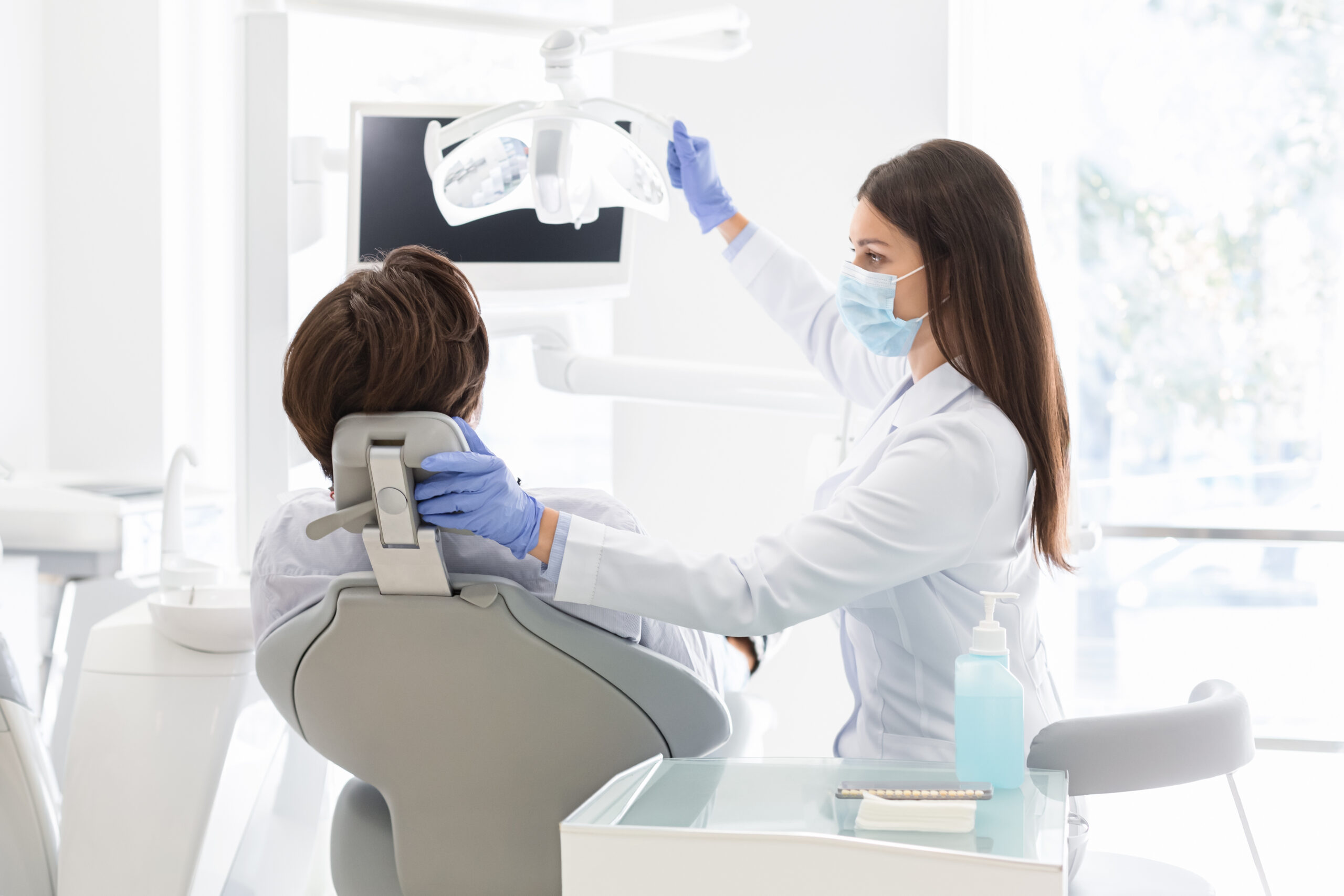If there’s one thing I’ve learned in over a decade of practicing dentistry, it’s that fear of the dentist is incredibly common—and very real. I’ve met so many wonderful people who walk into my office with their shoulders tight, hands clenched, and a nervous smile that says, “I’m here because I have to be.” Whether their anxiety stems from a bad childhood experience, fear of pain, or just the unknown, I’ve made it one of my missions to help patients feel genuinely safe and comfortable in the dental chair.
Because here’s the truth: you’re not alone, and there are ways to make dental visits easier and even—believe it or not—pleasant. In this blog, I want to share some of the real-life strategies I use every day in my practice to help patients overcome dental anxiety.
Understanding the Root of Dental Anxiety
Before we can treat anxiety, we need to understand it. Dental fear can come from many places. For some, it’s a painful past experience. For others, it’s a fear of needles, the sound of the drill, or even just the loss of control while lying back in a chair.
One thing I always remind my patients: your feelings are valid. I never judge or dismiss someone’s fear. Instead, I listen—really listen. By creating a space where patients feel heard, we begin to build trust, and that’s the first step toward reducing fear.
Open, Honest Communication
So much of dental anxiety comes from not knowing what’s going to happen. That’s why I make it a point to explain every step of a procedure in plain, simple language—before we even begin. I’ll show patients what tools I’m using, how long something might take, and what sensations they might feel.
I also encourage patients to ask questions at any time, and I make sure they know they can raise a hand or pause the treatment whenever they need a break. When patients feel like they’re in control, the fear starts to melt away.
Creating a Calming Environment
Let’s face it: the typical dental office environment hasn’t always been the most relaxing. Harsh lighting, sterile smells, and the hum of machines don’t exactly help anxiety. That’s why I’ve taken steps to make my office feel warm and inviting.
From soft music and cozy blankets to aromatherapy and dimmable lights, every detail is meant to reduce stress. Some patients even bring headphones and listen to their favorite podcasts or calming playlists during treatment. We work together to make the experience as soothing as possible.
Gentle Techniques and Modern Technology
Technology has come such a long way, and I love using it to help anxious patients. Tools like digital X-rays, laser dentistry, and CAD/CAM same-day crowns not only improve the quality of care but also reduce discomfort and procedure time.
For example, laser dentistry can treat gum issues with little to no bleeding and minimal discomfort—without the scary noise of a drill. Same-day crowns mean fewer appointments and no need for temporary crowns that may feel awkward. The less time patients spend in the chair, the better their overall experience.
I also use a gentle touch in everything I do. I go slow, use plenty of numbing (if needed), and always check in with patients to make sure they’re doing okay. The smallest gestures—like giving someone a moment to breathe or explaining what they’re feeling—can go a long way.
Building Trust Over Time
For patients with deep dental fears, one visit isn’t going to erase years of anxiety. And that’s okay. Building trust is a process. I often encourage patients to start small—maybe with a cleaning or a simple consultation. There’s no rush.
With each positive experience, patients start to feel more confident. I’ve had patients who couldn’t even sit in the chair at first later tell me, “I can’t believe I just did that—and it wasn’t even that bad!” That’s the power of patience, compassion, and consistent care.
Options for Deeper Anxiety: Sedation Dentistry
For some individuals, even gentle care and calming techniques aren’t enough to ease their fear. In those cases, we talk about sedation options, like nitrous oxide (laughing gas) or oral sedatives. These methods can make a huge difference for people with severe dental phobia.
Sedation dentistry is safe, and it allows patients to get the treatment they need while feeling relaxed or even sleepy. We always review the options carefully and tailor them to each person’s needs and health history.
Encouraging Self-Care and Positive Reinforcement
I always remind my patients that choosing to come in—even when it’s hard—is an act of self-care. Every visit is a step toward better health, and that deserves recognition. I celebrate their courage and progress, and I love seeing how their confidence grows—not just in their smile, but in themselves.
Sometimes, it’s helpful for patients to schedule something they enjoy right after their appointment—like a walk in the park, a coffee date, or even a small treat. These positive associations help rewire the fear response and make future visits feel less daunting.
Final Thoughts: You’re Not Alone
Dental anxiety is more common than you think, and you don’t have to suffer in silence. With the right approach—one based on compassion, communication, and customized care—it’s absolutely possible to have a positive dental experience.
My goal has always been to create a space where patients feel safe, supported, and empowered. Because everyone deserves a healthy smile—and to feel good getting there.
If you’ve been avoiding the dentist out of fear, I see you. And I’m here when you’re ready, with a warm chair, an open heart, and a promise to help you every step of the way.
